Ensuring food security in Gndevaz settlement through sustainable resource management

Project Description
The project aims to generateadditional source of income in Gndevaz settlement of Jermuk consolidatedcommunity for increasing the efficiency and productivity of farming throughintroducing smart management of natural resources. The population in Gndevaz ismainly engaged in cattle breeding and farming. The overall agricultural lands makeup 5677 hectares, of which cropland is 492 hectares, perennial plant land are141.8 hectares, 180 hectares are arable, 120 hectares are not irrigated. Thecommunal lands are prone to degradation, landslide areas need rehabilitationand smart cultivation. The community has sufficient water resources, that areaccumulated in Kechut and Gndevaz reservoirs. However, due to malfunctioning ofthe system out of 500 l/s of available irrigation water, it is possible to useonly 150 l/s.
As a result of a military conflict in2020 war, Armenia's water resources, as well as land areas were reduced. Thesituation in Jermuk consolidated community worsened even more after theexpansion of the conflict in September 2022, when water sources and grasslandareas of the community appeared in the conflict zone.
The project plans to restore theirrigation system to convert abandoned 120 ha to irrigated land, thus improvingthe livelihoods of 180 community households and preventing migration. Inparallel, new irrigation technologies, such as drip irrigation, sprinklers,etc., will be introduced, as well as terracing as a restoration of atraditional cultivation culture will be implemented.
Project Results
The project will produce the followingresults:
· Water losses in the community reduced by 80 %, water savings increased by 50 % due to new agriculturaltechnologies and innovative irrigation practices, applied by 180 farmers.
· 120 hectares of arable land in Gndevaz settlement becameirrigated and returned to cultivation due to rehabilitated irrigationinfrastructure.
· At least 20 farmers increased income through high-value cropscultivation.
· Cultivated lands expanded by 3ha by using terracing as arestoration of a traditional cultivation culture.
· 180 farmers and land users, over 900 representatives of localgovernment institutions increased their knowledge and capacities on landdegradation and carbon stock, climate change adaptation, new methods onagricultural technologies and innovative irrigation.
· About 900 direct beneficiaries improved their livelihood dueto rehabilitated irrigation infrastructure and introduced new agroecologicalpractices.
.png&w=3840&q=75)
Subscribe for our news
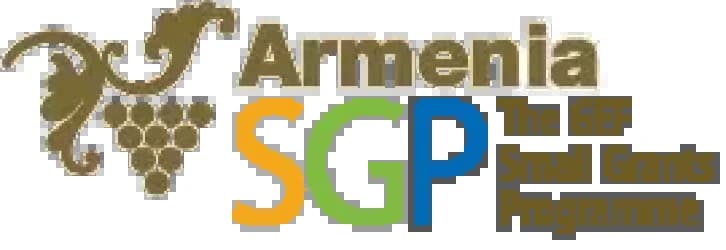

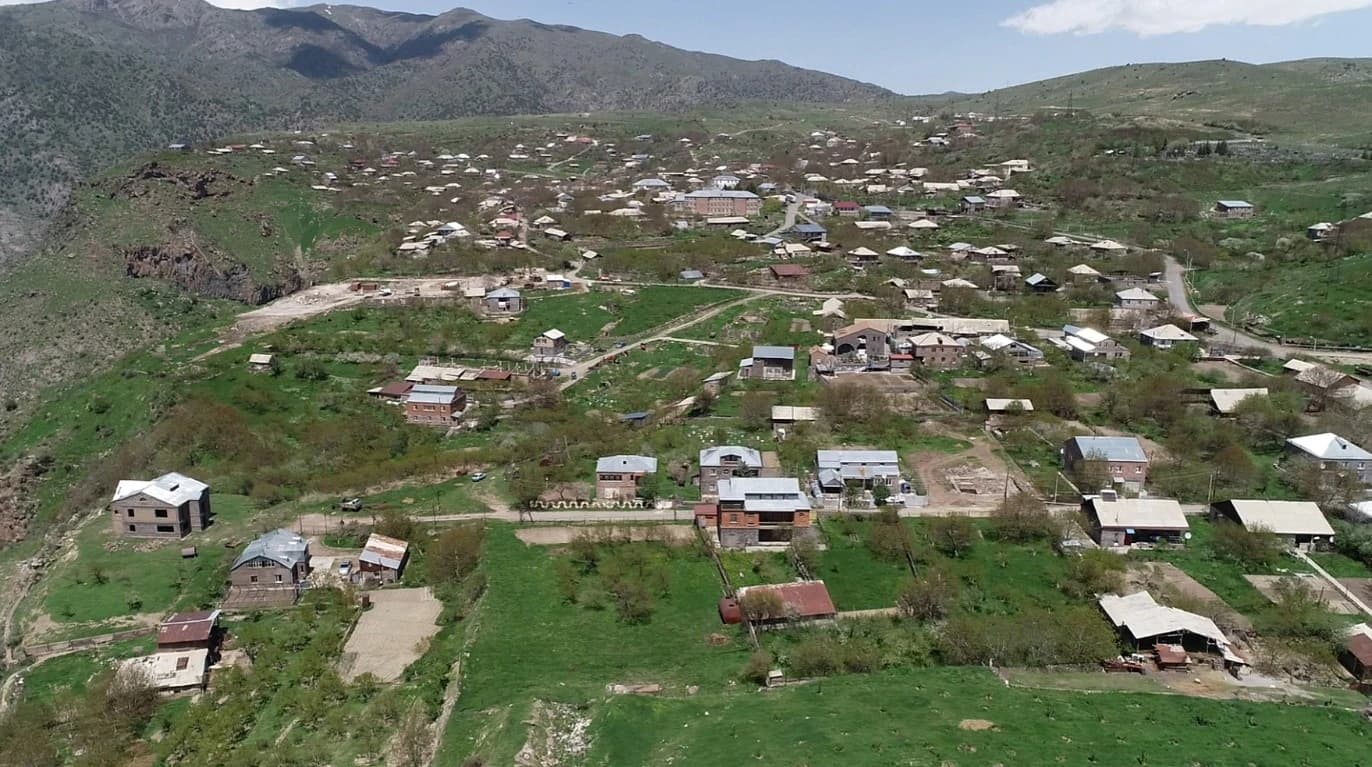
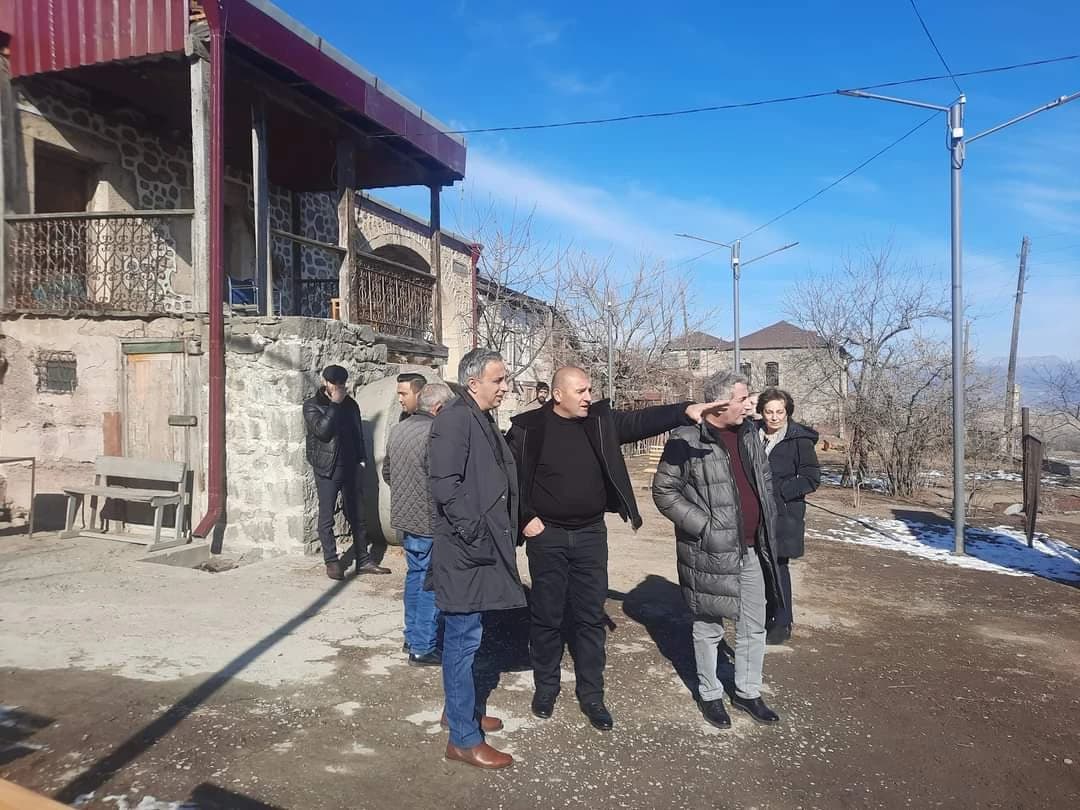
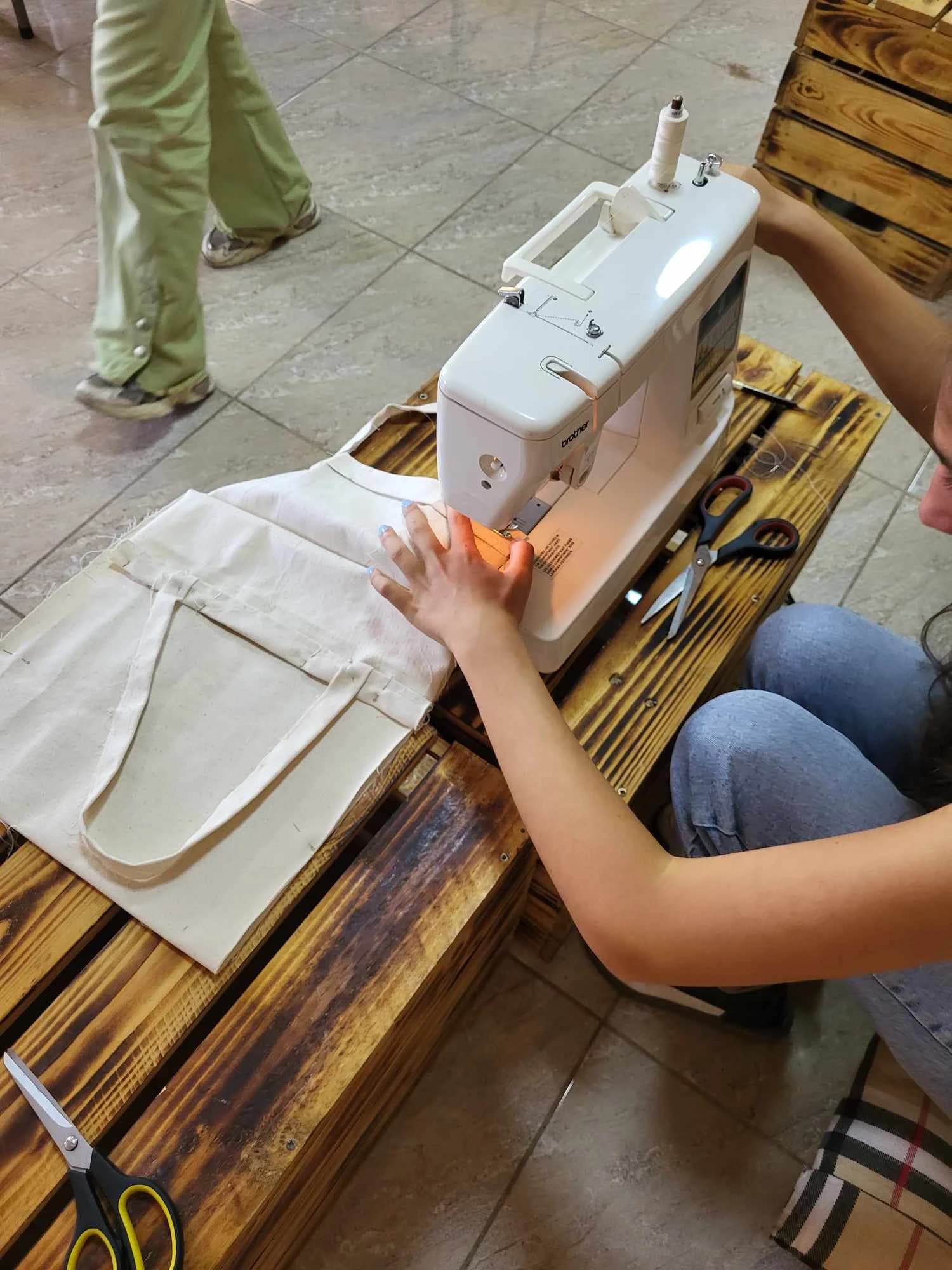
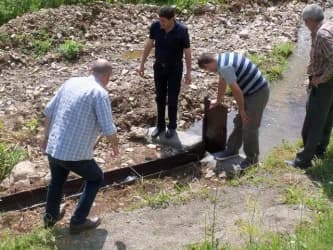
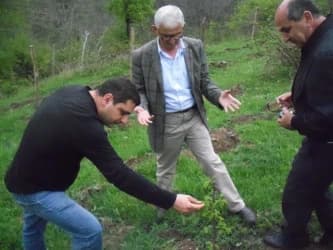
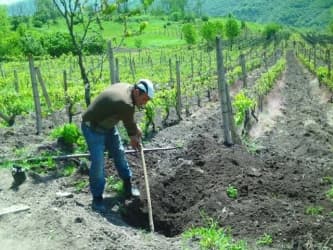
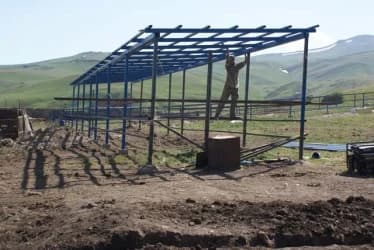
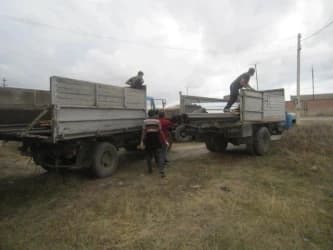
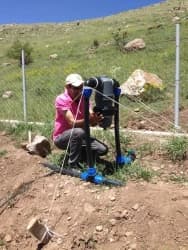
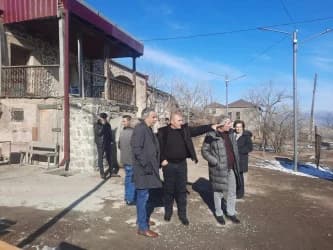
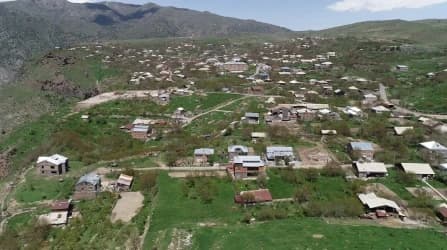

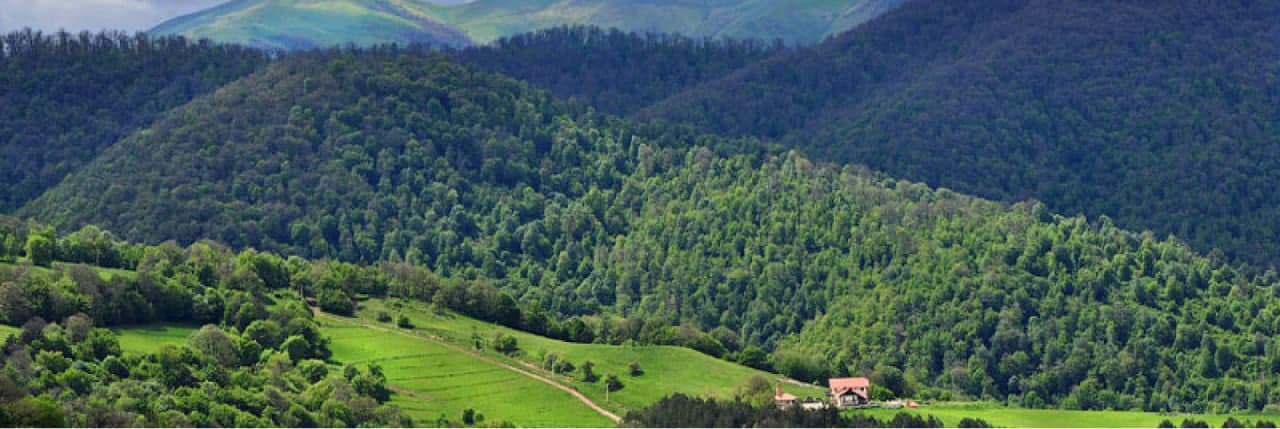
.png&w=3840&q=75)
